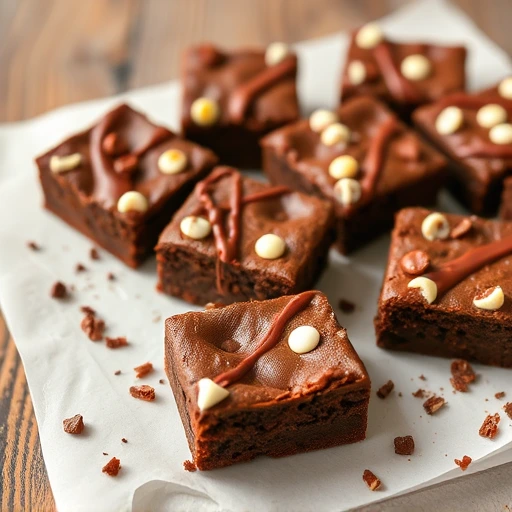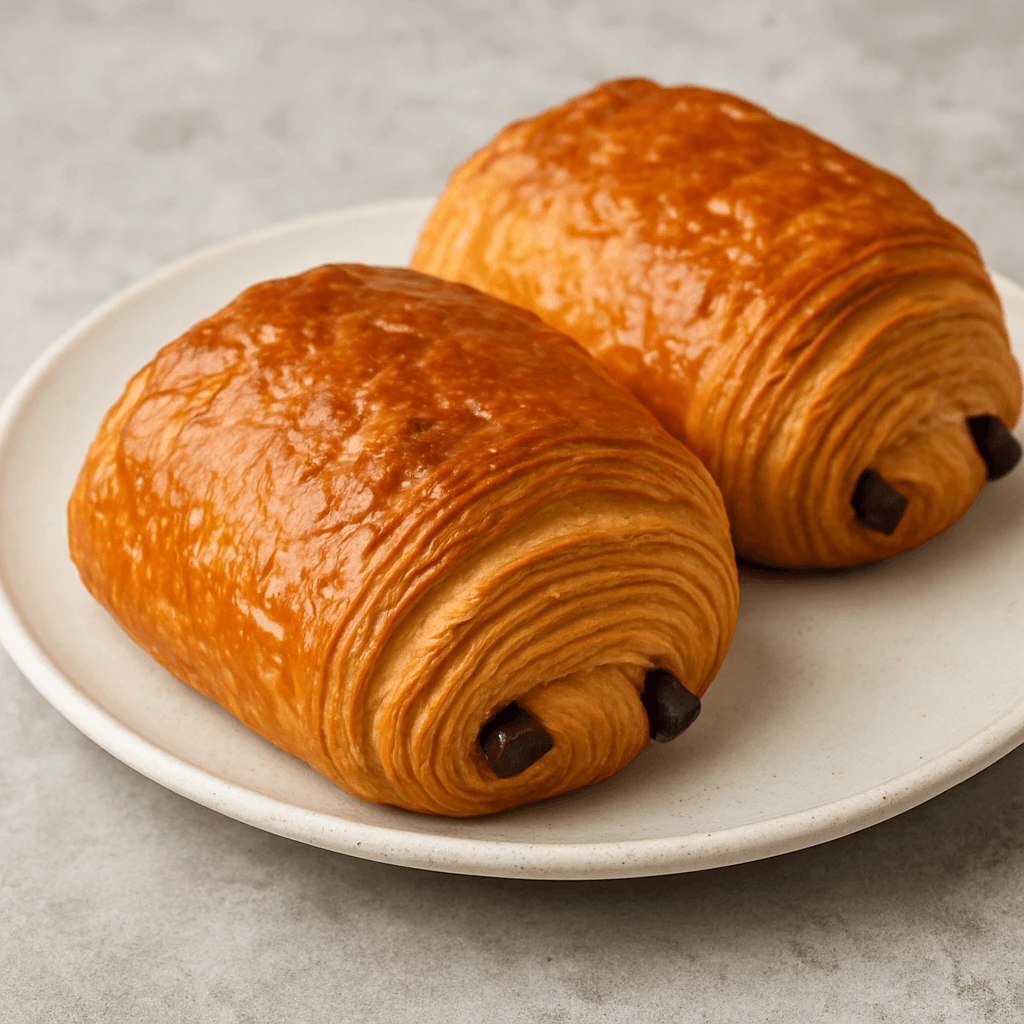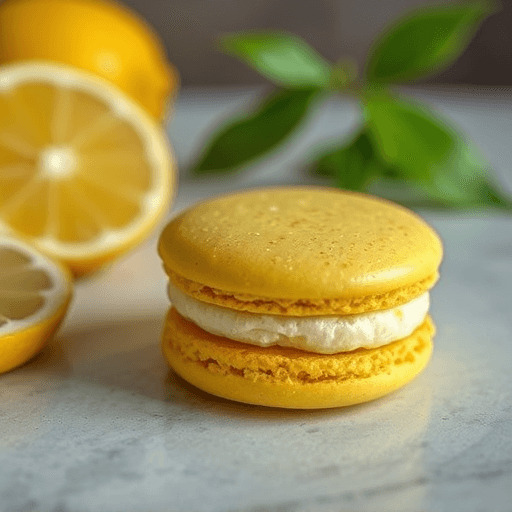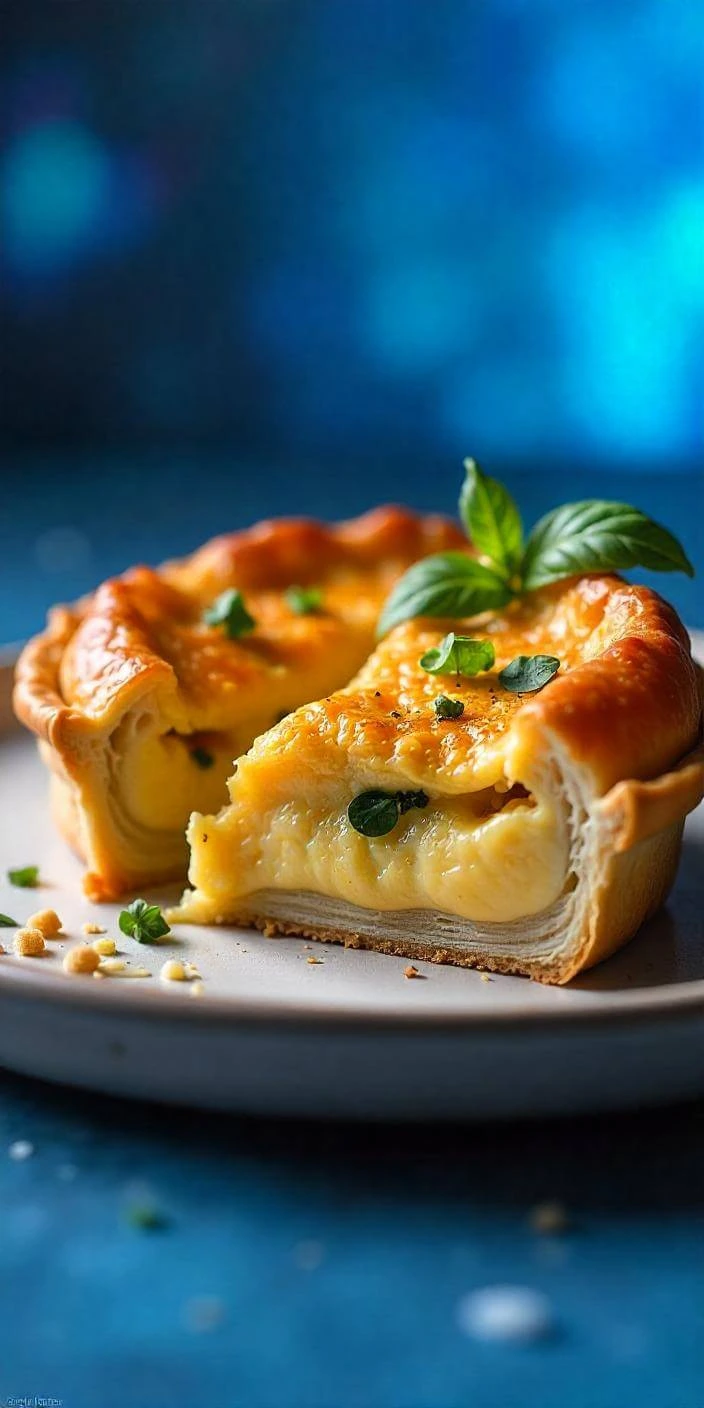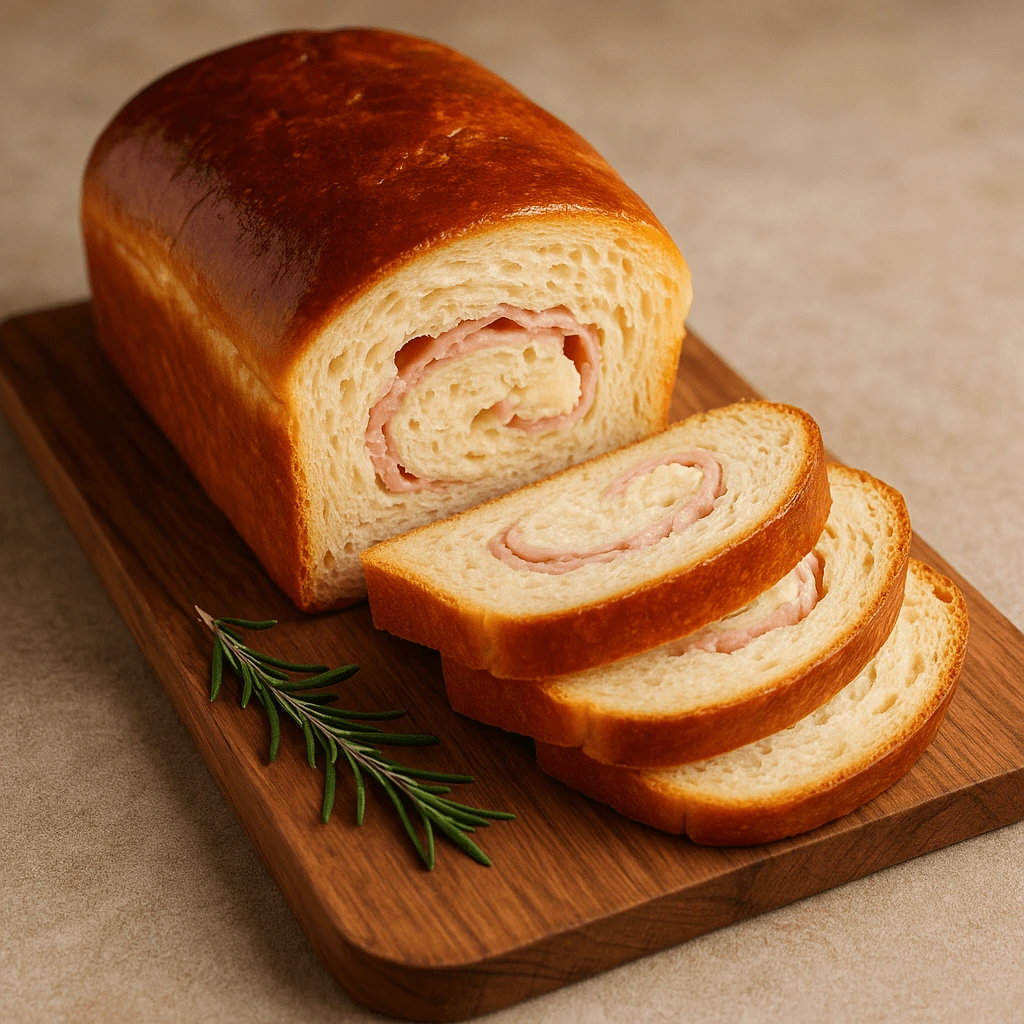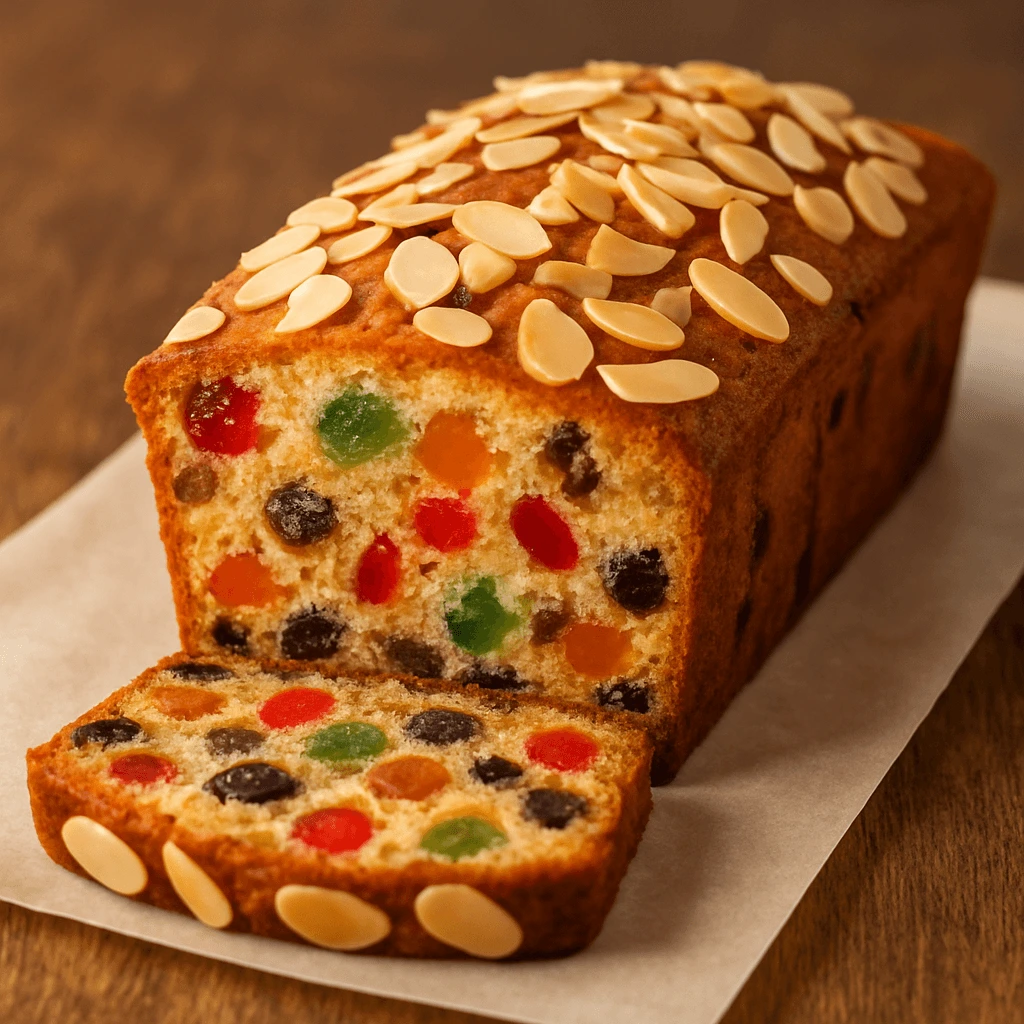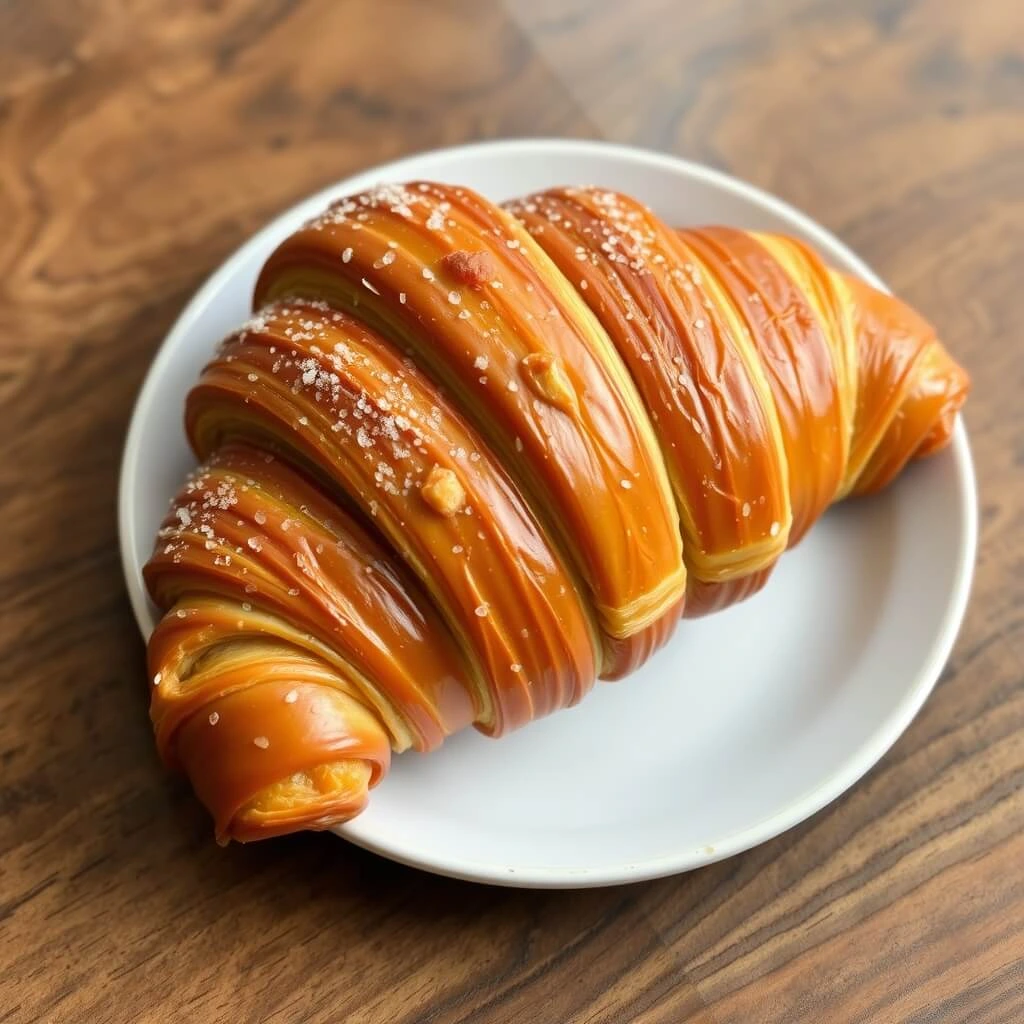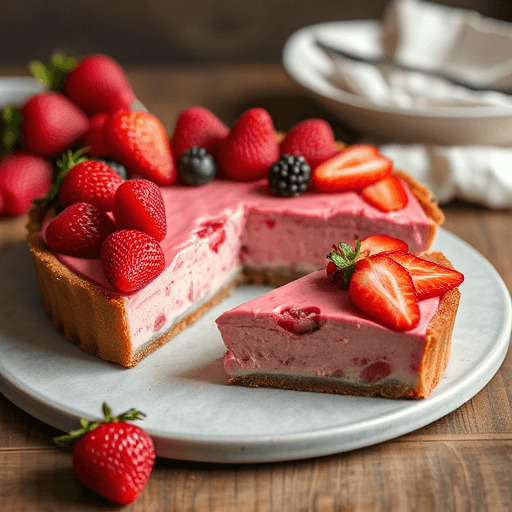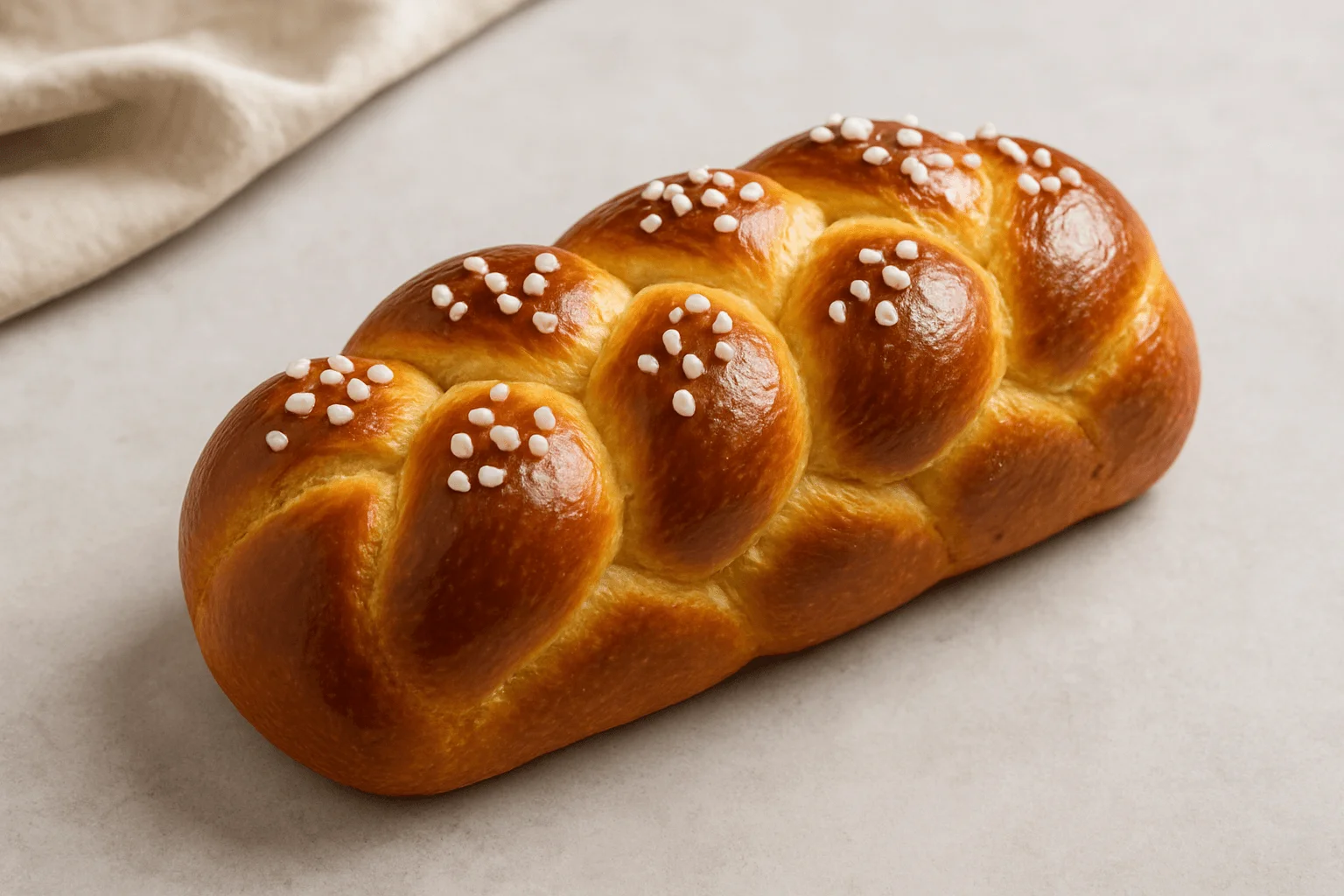Warning: These Brownies Will Change Your Life!
Opéra cake secret Brownies are a legendary dessert, celebrated across the world for their rich texture and irresistible charm. With their luscious balance between soft, fudgy centers and slightly crisp edges, brownies offer an experience unlike any other. Every square promises pure comfort, an invitation to indulge in the simple yet profound pleasure of chocolate. … Read more

